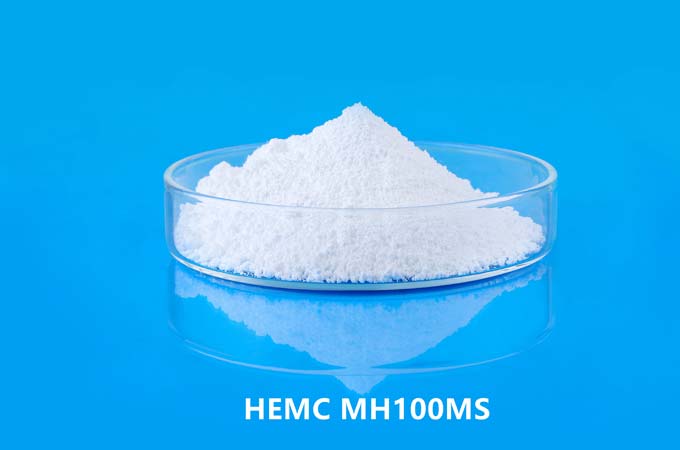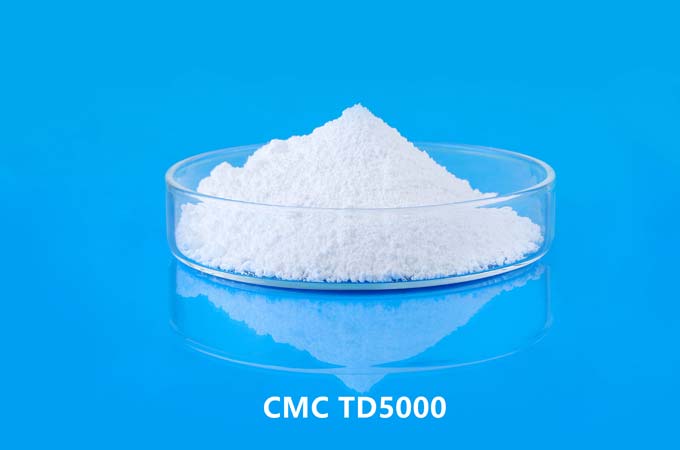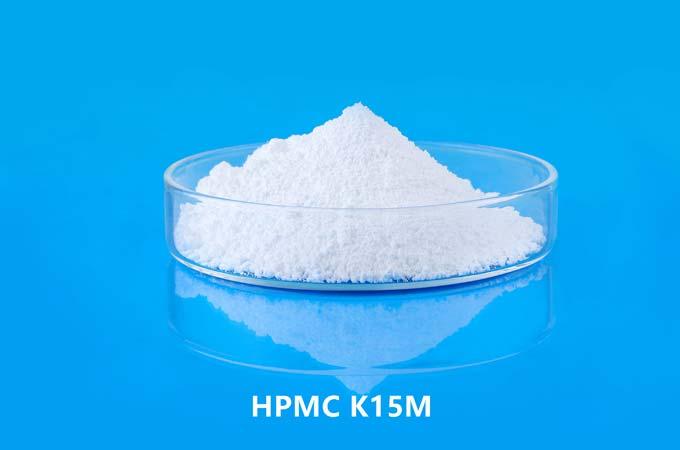Hydroxypropyl Methyl Cellulose (HPMC) is a high-performance additive widely used in the construction and building materials industry, especially in tile adhesives. The addition of HPMC significantly improves the construction performance, bonding strength, water retention and overall durability of tile adhesives.
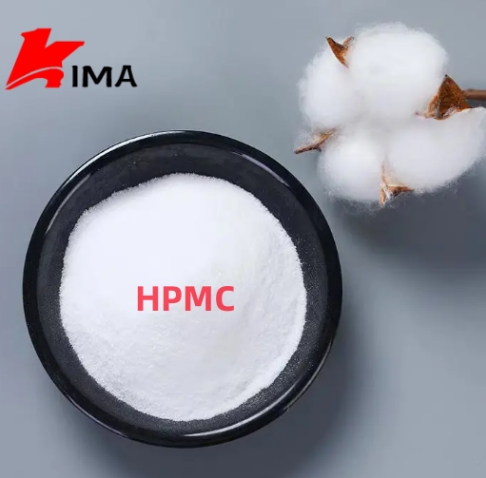
1. Basic characteristics of HPMC
HPMC is a non-ionic cellulose ether made from natural polymer materials through chemical modification, with good solubility, thickening, water retention and film-forming properties. It forms a transparent viscous liquid in water, which can effectively improve the performance of cement-based materials and is widely used in dry mortar, putty powder, tile adhesive, exterior wall insulation mortar and other fields.
2. The main role of HPMC in tile adhesives
2.1. Improve water retention performance
One of the most significant effects of HPMC is to improve the water retention of tile adhesives. Cement needs sufficient water to complete coagulation and hardening during the hydration reaction. HPMC can effectively reduce the loss of water during the construction process, avoid problems such as weak adhesion, hollowing, and falling off caused by too fast evaporation of water, and is especially suitable for the pasting of large-sized tiles and tiles with low water absorption.
2.2. Improve construction performance and operation time
After adding HPMC, the consistency of the tile adhesive is more uniform, the smoothness is better, and the construction feel is significantly improved. At the same time, HPMC provides a longer open time and adjustment time, which is convenient for construction personnel to make appropriate adjustments after the tiles are pasted, improve construction efficiency, and reduce rework rate.
2.3. Enhance adhesion and anti-sagging properties
HPMC can form a microscopic network structure in the adhesive, improve the bonding strength after drying, and make the tiles more firmly attached to the base. In addition, its good thixotropy can improve the anti-sagging property of the tile adhesive and prevent the tiles from sliding and shifting when vertically laid, which is especially suitable for laying large tiles on the wall.
2.4. Improve workability and stability
The workability of the tile adhesive, that is, the uniformity, smoothness and spreadability of the materials after mixing, directly affects the construction quality. HPMC can improve the lubricity and fluidity of tile adhesive, making the slurry easier to operate and spread evenly, and can improve the stability of the slurry during storage, avoiding stratification and sedimentation.
2.5. Enhanced crack resistance and durability
Due to its film-forming properties, HPMC forms a flexible protective layer after the colloid dries, which improves the flexibility and crack resistance of the tile adhesive, helps to alleviate the cracking of the material caused by environmental stress such as thermal expansion and contraction, and enhances overall durability.
3. HPMC addition and selection
The amount of HPMC added to tile adhesive is usually 0.2%-0.7% of the total mass of dry powder, which is adjusted according to the required performance and construction environment. Low addition can meet basic water retention and construction requirements, while high addition is suitable for high-performance tile adhesives (such as C2 grade adhesives). In addition, the viscosity selection of HPMC will also affect the performance of the colloid. Generally, 40,000-100,000 cps (based on 2% aqueous solution) products are recommended for construction. Different brands and models may have different performance.
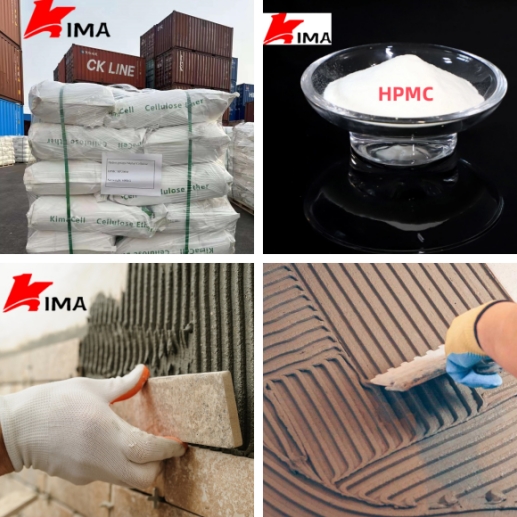
4. Precautions in practical application
Synergy with other additives: HPMC is often used in combination with other modifiers such as redispersible latex powder, starch ether, etc., and their compatibility and synergistic effect need to be considered.
Stirring order: The dry powder material should be fully mixed first, and then clean water should be added for stirring to ensure that HPMC is fully dissolved to avoid agglomeration affecting performance.
Environmental adaptability: The performance of HPMC is greatly affected by temperature. Excessive construction temperature may lead to a decrease in water retention effect. It is necessary to select special models suitable for high temperature environments.
HPMC plays a key role in tile adhesives. It not only improves the overall performance of the product, but also greatly improves the convenience and reliability of construction. With the continuous improvement of the construction industry's requirements for material performance, the importance of HPMC in tile adhesives will become increasingly prominent. In the future, as HPMC products are continuously optimized, its application potential in green building materials and high-performance adhesives will continue to expand. For tile adhesive manufacturers, the reasonable selection and application of HPMC will become an important means to enhance the market competitiveness of products.
 English
English 日本語
日本語 français
français Deutsch
Deutsch Español
Español italiano
italiano русский
русский português
português العربية
العربية Türkçe
Türkçe Nederland
Nederland


